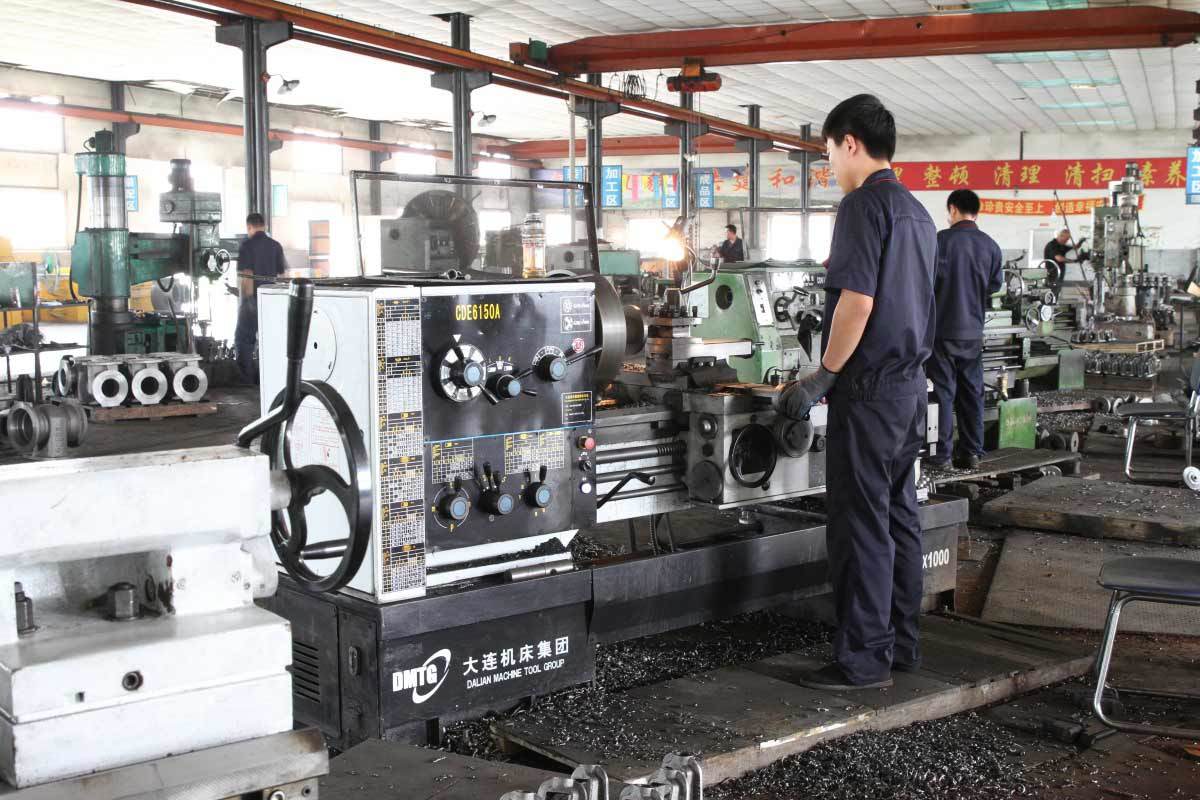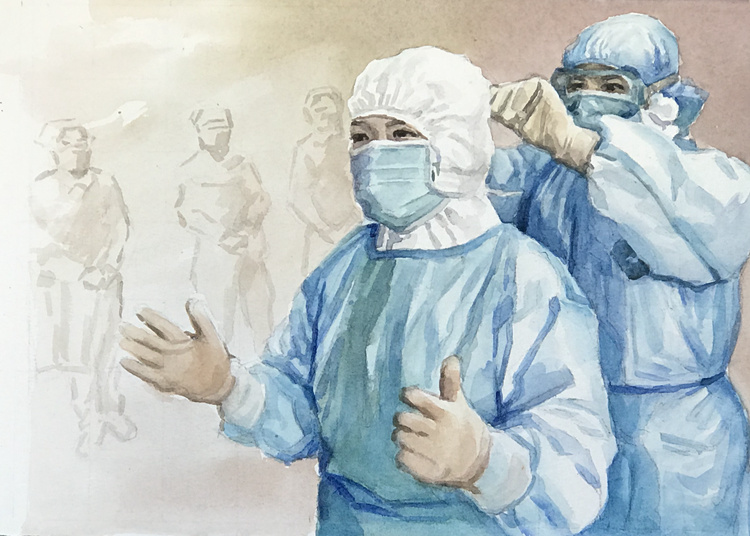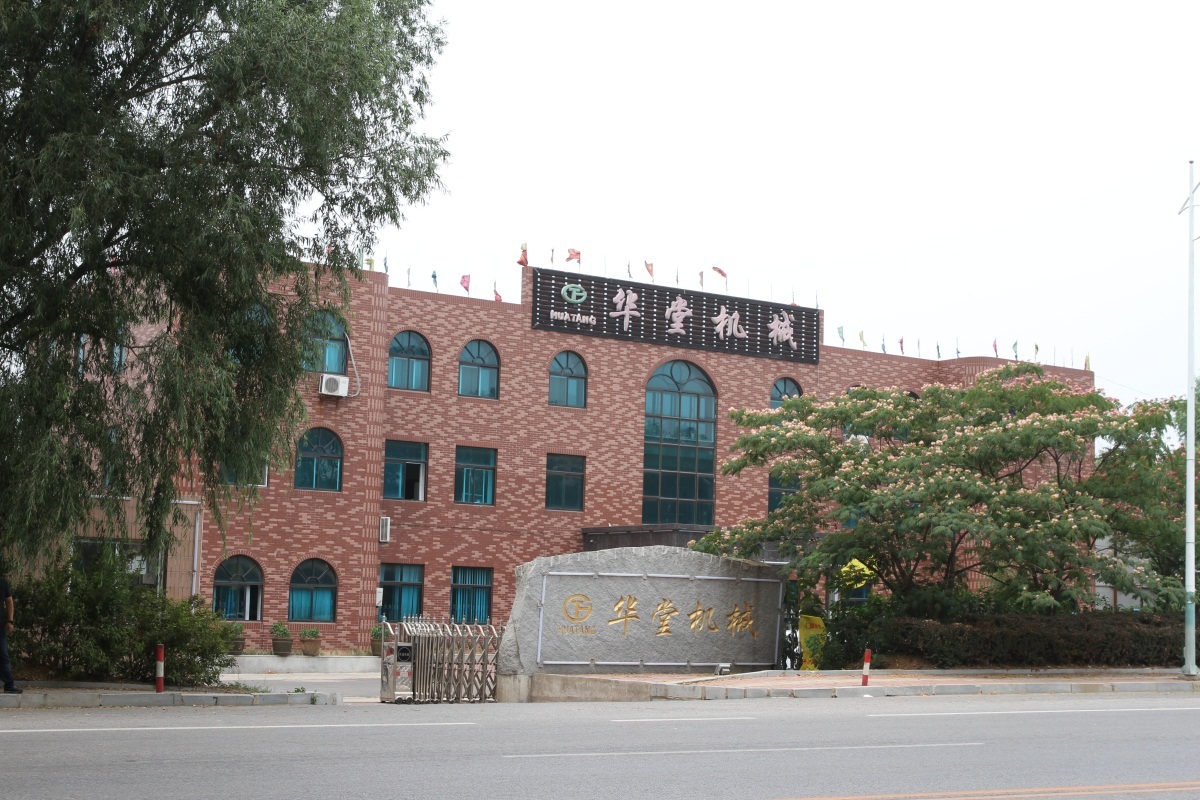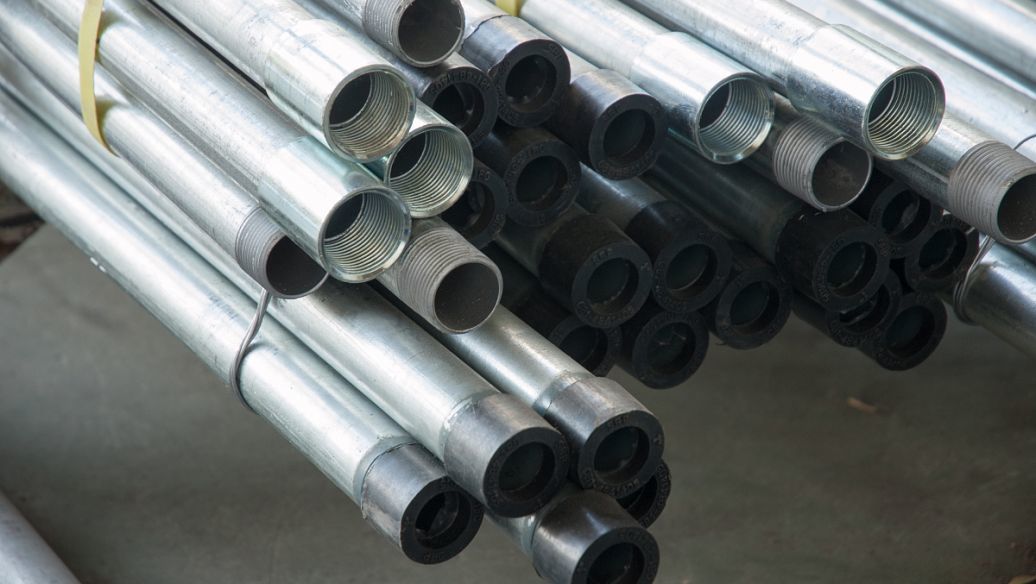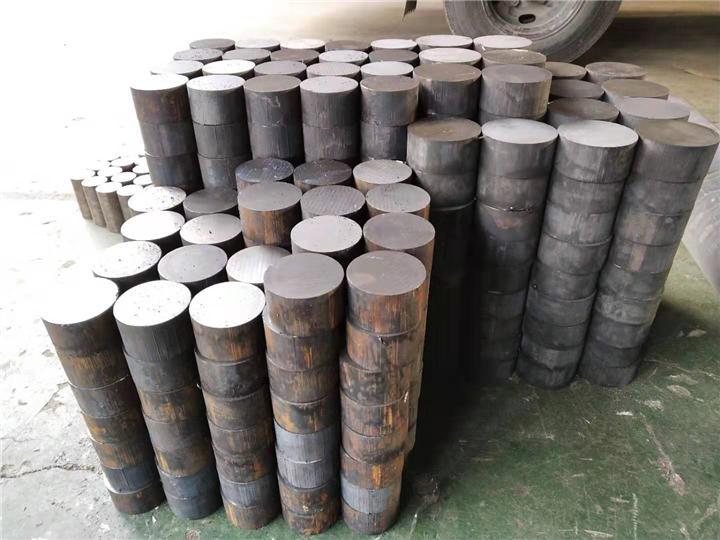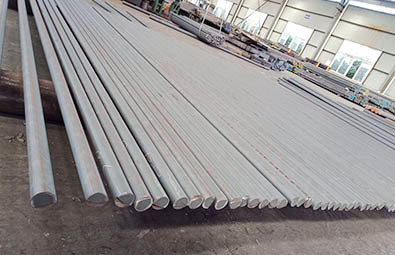Working principle of ductile iron bar pressure reducing valve?
Compressed air with a pressure of P1 is input from the left end and throttled by valve 10, resulting in a pressure drop to P2 at the output. The magnitude of P2 can be adjusted by the pressure regulating springs 2 and 3. Rotating the knob 1 clockwise compresses springs 2 and 3 and diaphragm 5, causing valve core 8 to move down, increasing the opening of valve 10 and thus increasing P2. Conversely, rotating knob 1 counterclockwise reduces the opening of valve 10, and P2 decreases accordingly.
If P1 increases instantaneously, P2 will increase accordingly, increasing the pressure in the diaphragm chamber 6. The resulting upward force on diaphragm 5 increases, disrupting the original force balance and causing diaphragm 5 to move upward. A small amount of airflow is discharged through the overflow hole 12 and exhaust port 11. Simultaneously, due to the action of the return spring 9, valve core 8 also moves upward, reducing the opening of the intake valve 10.
The throttling effect increases, causing the output pressure to decrease until a new equilibrium is reached, and the output pressure essentially returns to its original value. If the input pressure drops instantaneously, the output pressure also drops, diaphragm 5 moves down, valve core 8 moves down accordingly, the intake valve 10 opens wider, the throttling effect decreases, and the output pressure also essentially returns to its original value. Counter-clockwise rotation of the knob
relaxes the adjusting springs 2 and 3. The force of the gas acting on diaphragm 5 is greater than the force of the pressure regulating spring, causing the diaphragm to curve upward. The intake valve 10 is closed by the return spring. Further rotation of knob 1 will separate the top of the intake valve core 8 from the overflow valve seat 4, allowing compressed air in diaphragm chamber 6 to escape through overflow hole 12 and exhaust port 11, resulting in no output from the valve.
In short, adjusting the spring allows the output pressure to be changed within a certain range. To prevent the small amount of gas discharged by the above overflow pressure reducing valve from polluting the surrounding environment, a pressure reducing valve without an overflow valve (i.e., a common pressure reducing valve) can be used.
The company owns various types of machinery and processing equipment
The company is equipped with two 1-ton medium-frequency induction furnaces, one 15-ton/hour resin sand production line, four shot blasting cleaning rooms, four Z124 molding machines, five Z145 molding machines, and two Z148 molding machines. Production methods are flexible and diverse, meeting the various needs of different customers. The company also has complete testing equipment, including mechanical property testing, chemical composition analysis, and metallographic testing, ensuring the provision of high-quality products to customers.
Combating the epidemic is a national effort that mobilizes the entire population, and it should also be a battle fought in accordance with objective laws and in a scientific and orderly manner.
Congratulations on the official launch of Dalian Huatang Machinery Co., Ltd.'s website!!!
Dalian Huatang Machinery Co., Ltd. is a foundry specializing in the production of gray iron and ductile iron castings. Located in the Dalian Pao Tai Economic Development Zone, the company is adjacent to the entrance and exit of the Shenyang-Dalian Expressway, providing convenient high-speed access to the city center, airport, and port. Transportation is convenient, and information exchange is quick.
New technologies and applications in die casting mold surface treatment!
Die casting molds constitute a major category within the broader field of molds. With the rapid development of China's automobile and motorcycle industries, the die casting industry has entered a new era of growth. Simultaneously, this has led to even higher demands on the comprehensive mechanical properties and lifespan of die casting molds. Meeting the constantly rising performance requirements relies not only on the application of new mold materials; it also necessitates the application of various surface treatment technologies to the surface of die casting molds in order to achieve high efficiency, high precision, and a long lifespan. Among various types of molds, die casting molds operate under particularly harsh conditions.
Regarding how to prevent the corrosion of ductile iron profiles?
After a period of use, ductile iron profiles will exhibit corrosion. So how can we prevent this corrosion of ductile iron profiles?
Could you share information on how graphite material is made into ductile iron?
Ductile iron is cast iron in which the graphite exists in a nodular form. Due to the unique structure of graphite, it possesses special properties: high-temperature resistance, electrical and thermal conductivity, smoothness, chemical stability, plasticity, and thermal shock resistance. Because of these properties, graphite is widely used in the foundry industry and is favored by foundry companies.

